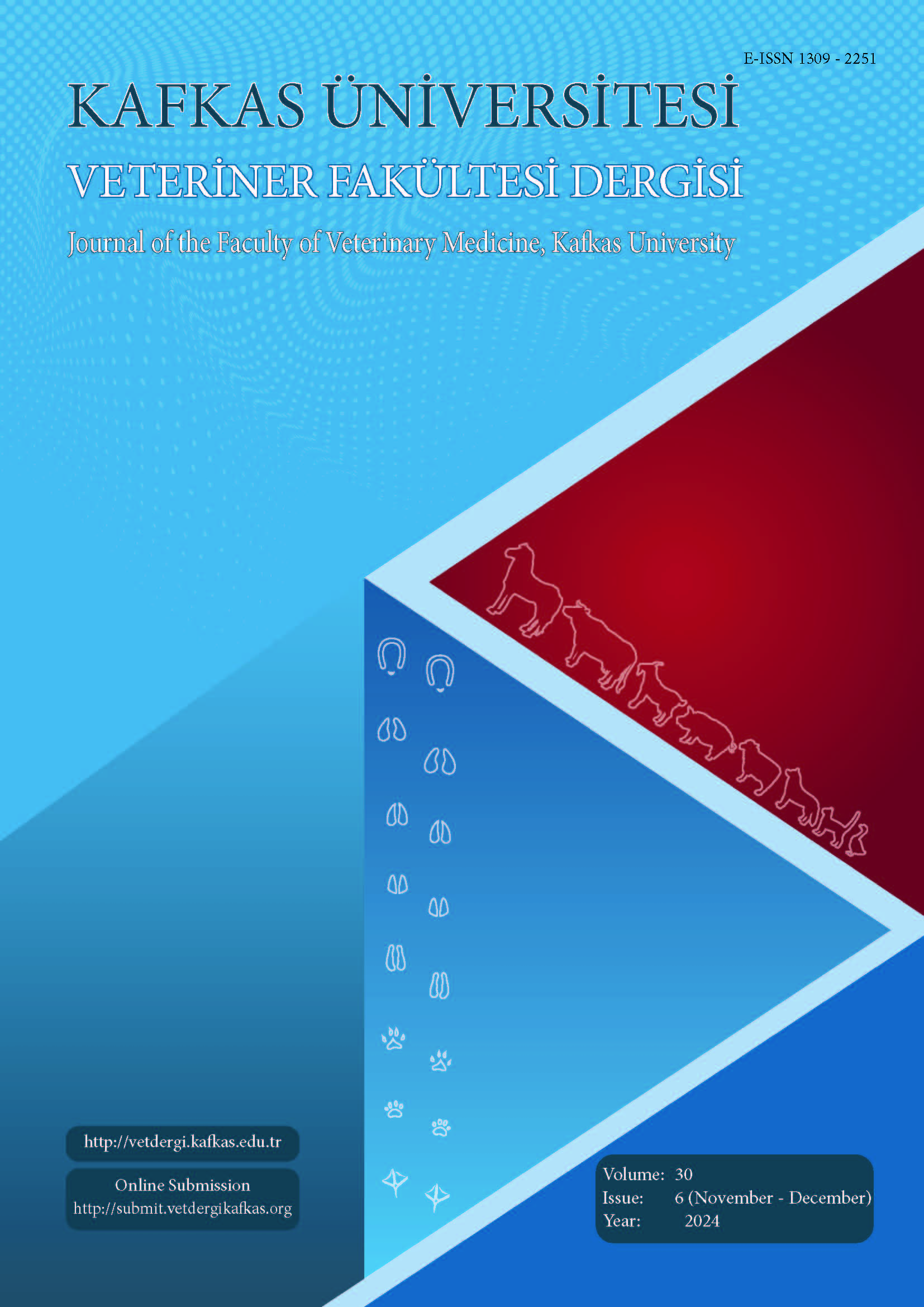
This journal is licensed under a Creative Commons Attribution-NonCommercial 4.0 International License
Kafkas Üniversitesi Veteriner Fakültesi Dergisi
2024 , Vol 30 , Issue 6
The Use of Computer Assisted Sperm Analysis (CASA) in Domestic Animal Reproduction: A Review
1Laboratory of Biotechnologies Related to Animal Reproduction (LBRA), Institute of Veterinary Sciences, Saad Dahleb University, BP270, Soumaa, 09000, Blida, ALGERIA2Animal Medical & Reproductive Biotechnologies Platform, Saad Dahleb Blida University 1, ALGERIA
3Animal Health & Production Laboratory, Higher National Veterinary School, Issad Abbes, 16059, Algiers, ALGERIA DOI : 10.9775/kvfd.2024.32819 Computer Assisted Sperm Analysis (CASA) was developed in the late 1980s to study the sperm movement characteristics or kinematics. Since then, CASA is becoming among the most important tools in reproductive biotechnologies laboratories and research centers related to animal breeding although the doubt about its effectiveness. This review aimed to investigate the different studies and reports performed by the scientific community recently regarding CASA system, as well as to suggest new areas of use and improvement for this automated device to better interpret the complexity surrounding the sperm sample. The main problem is related to the standardization and optimization of the equipment and procedures. CASA system has evolved dramatically over the past two decades to become powerful tool for the rapid and objective assessment of sperm concentration, motility and kinematics, as well as morphology, in almost all mammals, including humans. Despite the lack of full universal standardization, the various CASA instruments have all currently demonstrated high levels of accuracy and reliability. Keywords : Computer assisted sperm analysis, CASA, Domestic animal, Sperm, Clinical applications, Standardization










